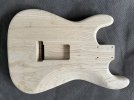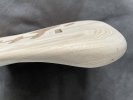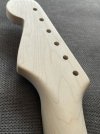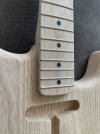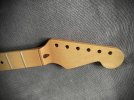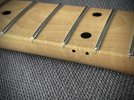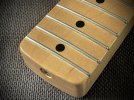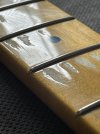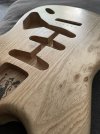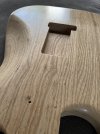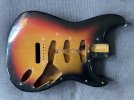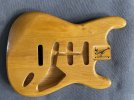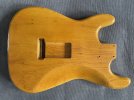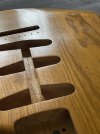Andy Eagle
Fractal Fanatic
This came up in my 5150 build thread as I am up to the relic element of the build. I also have a 61 strat replica on the go that this will come up as well but as I am waiting for the necks to finish both builds I though I could use this.
This is a maple Allparts neck and a UK Guitar Build swamp ash 50s two piece body. The customer wants a moderate relic nitro two tone sunburst early 50s style and a reasonably aged maple neck fitted out with 54/5 appointments.
The body is very nice as UK guitar build bodies usually are. I.7Kg off centre joined two piece made to fit USA imperial measurement parts perfectly. I find these to be the most accurate vintage speck bodies you can buy. The contours are fairly middle of the pile in depth and style for this era so that is OK for this build but you could always cut them deeper at this stage.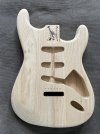
This is a maple Allparts neck and a UK Guitar Build swamp ash 50s two piece body. The customer wants a moderate relic nitro two tone sunburst early 50s style and a reasonably aged maple neck fitted out with 54/5 appointments.
The body is very nice as UK guitar build bodies usually are. I.7Kg off centre joined two piece made to fit USA imperial measurement parts perfectly. I find these to be the most accurate vintage speck bodies you can buy. The contours are fairly middle of the pile in depth and style for this era so that is OK for this build but you could always cut them deeper at this stage.

Last edited:

